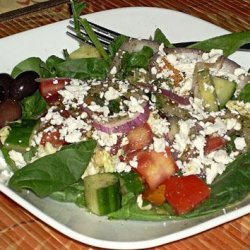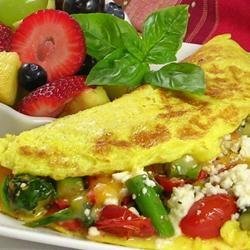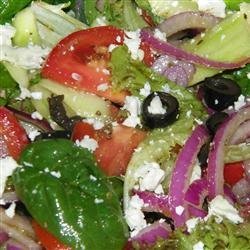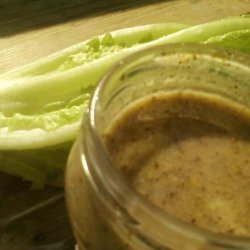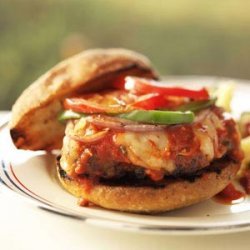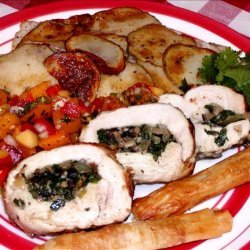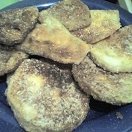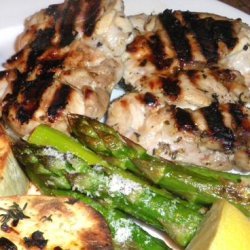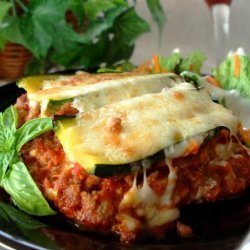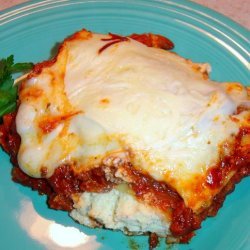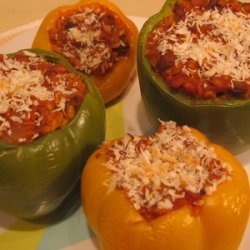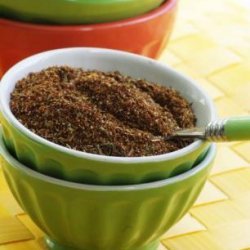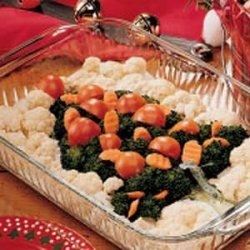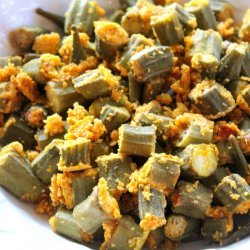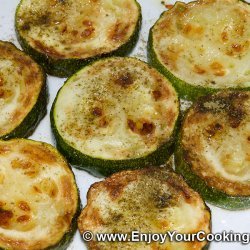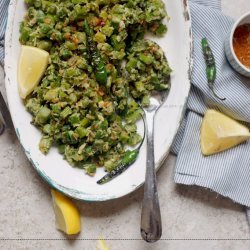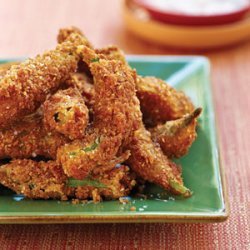Ingredients:
- 1/2 tsp creole seasoning or 1/2 tsp cajun seasoning, plus
- cayenne pepper , to taste (optional)
- buttermilk , as needed
- fresh okra or green tomatoes or mushrooms or zucchini or summer squash or eggplants or broccoli or cauliflower
Directions:
- In a large, shallow bowl (or in a paper bag, if you prefer that method of breading), combine flour, cornmeal, 1 Tsp garlic, 1/2 Tsp Italian seasoning, basil, 1/2 Tsp Creole seasoning, 1 Tsp salt, 1/2 Tsp pepper, and optional cayenne pepper, if using.
- In a smaller shallow bowl, combine eggs and remaining seasonings.
- To prepare veggies, wash, drain, and pat everything dry.
- If fixing green tomatoes, press them between pieces of paper towel to help drain their juice, and allow to drain for 10-15 minutes, turning half way through.
- If preparing okra, cut off ends and slice into about 3/4 long pieces.
- Place in a small bowl, cover completely with buttermilk, and stir until well coated.
- Allow to soak for at least 15 minutes before draining, stirring once.
- The drained buttermilk can then be used for pre-coating the remaining veggies; it will not affect their flavor, and I think the okra slime helps make everything adhere.
- I like everything else sliced about 3/8 thick, lengthwise or crosswise, as desired, size depending on whether they are being pan fried or deep fried.
- The squash and eggplant can also be cut in 1/2 x1/2 x3-4 batons if desired.
- I do not salt and drain my eggplant; I have found that it does nothing to decrease bitterness and only helps to make them come out soggy.
- If you want to really freak some people out, cut a couple real good, crisp dill pickles in 1/2 thick crosswise slices, pat them real dry, and bread and cook them along with the other veggies.
- Toss all veggies, except already soaked okra, with buttermilk to coat, and allow to drain in a colander while you are doing the breading.
- Set out egg wash and breading, and cover a tray or baking sheet that will fit in your fridge with wax paper.
- Shake excess buttermilk off of a handful of veggies, and coat lightly with breading, then coat with egg wash, letting excess drain off, and return to breading, turning and pressing to help it adhere.
- Transfer veggies to the tray as they are coated, and repeat with remaining veggies.
- I usually keep them separated by type or size.
- If timing permits, sprinkle with some of the remaining breading, especially on damp looking spots, and refrigerate for at least 30 minutes to help make breading adhere.
- If desired, sift any remaining breading, and store in the fridge or refrigerator for next time.
- If timing does not permit, start frying as soon as the oil is hot.
- Veggies can be deep fried or pan fried; the choice is yours; the only thing to remember is that the squash and eggplant are both like sponges, especially if your oil is not hot enough.
- I prefer to pan fry mine in about 1/4 or less of oil (measured before adding veggies), adding more between batches as needed.
- I usually use 2-3 large skillets for frying, since these are best as fresh out of the pan as possible.
- Line a baking sheet with paper towels for draining the cooked veggies, and place in a preheated 200-225 degF oven, add oil to skillet (s), and heat to about 375 degF (shimmering and almost smoking) over medium heat.
- Add breaded veggies to oil, and fry on first side for about 2 minutes, without disturbing except to gently shake skillet to ensure they are not sticking.
- When light golden brown, turn veggies, and repeat for the second side.
- It helps to have an assistant during this phase, if you have one with whom you can work.
- Transfer veggies to the lined baking sheet as they finish cooking to a light golden brown, and if desired, lightly salt them immediately after they come out of the oil.
- Serve immediately, of keep them warm while you fry the next batch (es).
- The browned breading left from the first batch CAN be left in the skillet while cooking a second batch without affecting flavor or looks, but if you are a purist, or if you are doing more than 2 batches, before starting to cook, place a fine strainer over a CLEAN, DRY metal can, and strain and reuse the oil, wiping out skillet (s) after each batch.
- You can also just dump the oil, carefully wipe out the skillet, and start each batch with fresh oil, but make sure that oil had heated to 375 degF (shimmering and almost smoking) before adding the next batch of veggies.
- If deep frying, heat oil to 375 degF as measured on a frying thermometer, and drop 6-8 pieces into the hot oil, less if this crowds them.
- Let cook undisturbed for at least 30-40 seconds to keep from tearing of crust.
- Gently turn, and keep turning about once a minute, until golden brown on all sides.
- Drain, season, and keep warm as noted above.
- Let oil reheat to 375OF before frying next batch.
- A neat trick to use if your deep fryer has a basket is to NOT put the veggies in the basket; put them directly in the oil, and after they have fried for 30-40 seconds, gently place the basket on top of them to hold them submerged- no turning needed.
- Serve hot, just plain, or with ketchup, tartar sauce, lemon wedges, whatever sounds good to you.
- It you have leftovers, allow them to COOL COMPLETELY before bagging and storing.
- I prefer to let them cool on a wire rack or laying up against one another so air can circulate to the bottom side to prevent sogginess.
- To reheat, place on a perforated pan or on a wire rack over a baking sheet, and reheat in a preheated 300 degF for 10-15 minutes, or until hot and crisp.
Nutrition Facts
| Amount Per 1 Serving | |||
| Calories | 211.57 Kcal (886 kJ) | ||
| Calories from fat | 59.8 Kcal | ||
| % Daily Value* | |||
| Total Fat | 6.64g | 10% | |
|---|---|---|---|
| Cholesterol | 40.92mg | 14% | |
| Sodium | 869.67mg | 36% | |
| Potassium | 97.95mg | 2% | |
| Total Carbs | 33.08g | 11% | |
| Sugars | 0.12g | 0% | |
| Dietary Fiber | 3.56g | 14% | |
| Protein | 5.44g | 11% | |
| Vitamin C | 0.1mg | 0% | |
| Iron | 2.2mg | 12% | |
| Calcium | 83.5mg | 8% | |
| Amount Per 100 g | |||
| Calories | 341.43 Kcal (1429 kJ) | ||
| Calories from fat | 96.49 Kcal | ||
| % Daily Value* | |||
| Total Fat | 10.72g | 10% | |
|---|---|---|---|
| Cholesterol | 66.03mg | 14% | |
| Sodium | 1403.43mg | 36% | |
| Potassium | 158.07mg | 2% | |
| Total Carbs | 53.39g | 11% | |
| Sugars | 0.19g | 0% | |
| Dietary Fiber | 5.74g | 14% | |
| Protein | 8.78g | 11% | |
| Vitamin C | 0.2mg | 0% | |
| Iron | 3.5mg | 12% | |
| Calcium | 134.8mg | 8% | |
* Percent Daily Values are based on a 2000 calorie diet. Your daily values may be higher or lower depending on your calorie needs.
Find out how many calories should you eat.
Get Your Recipe of Health!
Follow RecipeOfHealth on Facebook!


